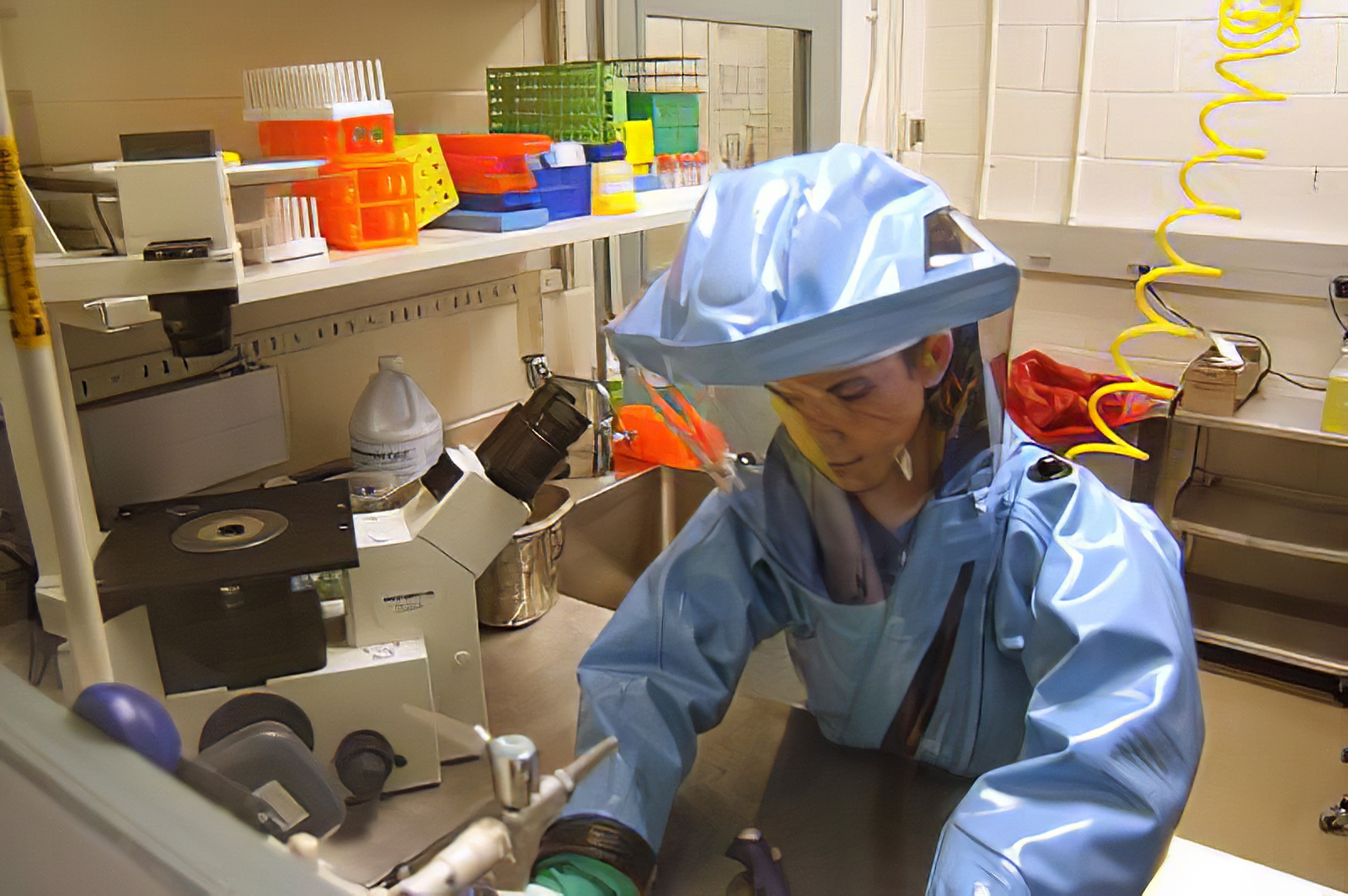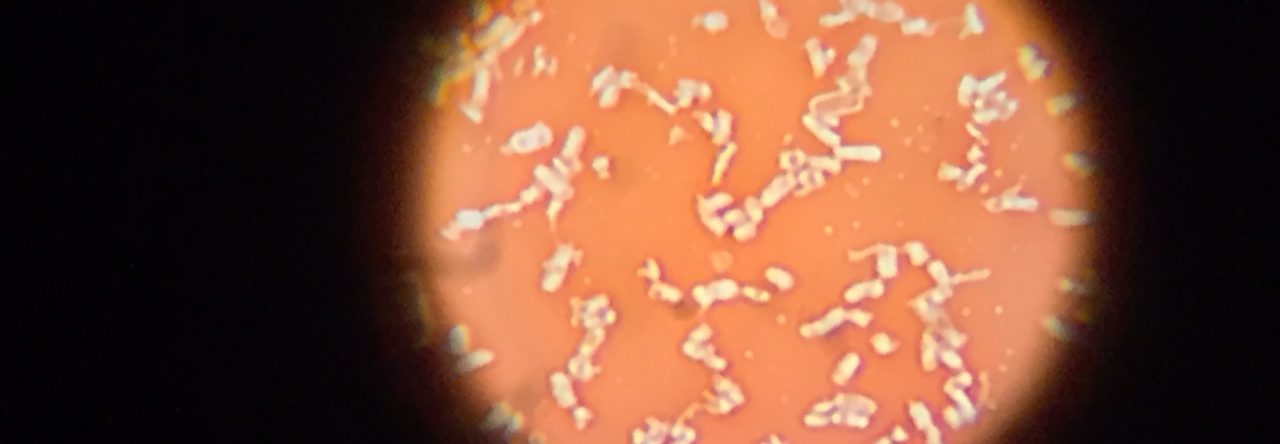Hello, Everybody!
When asked to think about typical topics in Sci-Fi, what comes to mind? Zombie viruses/bacteria/fungi? Little invaders from outer space? Genetic engineering gone oh so terribly wrong– or right, depending on the point of view? Bioterrorists using diseases from the past for modern day weapons?
These are just a few that I can think of, but there is no way any of these can come true, outside of novels and movies. Right?
Right?
Nope.
All of these are current topics in science.
Let that sink in for a minute.
This past decade has seen science advance in ways only science fiction writers could believe. On this particular blog, I’d figure I would take a look at some of my favorite science fiction books– or yours, I’m always open to new suggestions– and look at the science behind the science fiction, and see how these fantastic advances can be applied to today’s world.
To kick this off, I thought I would start with the microbiology fan-favorite, the classically creepy “The Andromeda Strain” by Michael Crichton. To avoid spoilers the best I can, it’s a decent-length novel following a invader from outer space as it kills whatever it comes into contact with (with 2 exceptions). The reason? It’s a microbe from outer space! The government responds how you’d expect it to– by gathering a crack team of scientists to isolate, identify, and cure Earth’s latest visitor before it kills the whole world, or before the lab blows up in a nuclear blast to prevent it from escaping, whatever comes first. I’m going to cover both the science and the fiction that make this book such a thought-provoking read.
What’s the Science Behind This?
One thing I love about Crichton work is that it’s actually believable; the scientists in this novel actually act like proper scientists, and not action heroes that happen to be wearing a lab coat. If there is an unidentified infectious agent with a very high mortality rate, it goes into what is called a BSL-4 laboratory– microbes like Ebola, the 1918 flu strain, smallpox, and others would also fit in this category. In BSL-4 labs, scientists wear full body positive pressure suits, referred to as “spacesuits”, to handle agents, as well as disinfecting or autoclaving (which is basically super heating a substance) anything to leave the room.

This is what working in s spacesuit looks like– the yellow hose connects to an air supply so the researcher doesn’t pass out from lack of fresh air.
Credit: US Army Medical Research Institute of Infectious Diseases, originally in this really interesting article about a new Ebola vaccine:
http://www.sciencenewsline.com/news/2010052012000036.html
To even enter the lab, scientists must go through a strict disinfection process that involves showering and donning the spacesuits in such a way as to minimize potential infection. They must go through the same procedure to leave the lab. In addition, a lot of techniques used, such as microscopy and differential/selective medias, are actually how we figure out what genus and species a potential infection agent might be. If you’re curious about what life in a BSL-4 lab is like, I’d definitely check out Richard Preston’s “The Hot Zone” and “The Demon in the Freezer”. Outside of being the most-cited reason people get in to microbiology, they’re excellent descriptions in both about what it’s like to work in a BSL-4 lab, the people who do it, and the microbes you work with in it. In “The Hot Zone”, Preston gives a really good overview about how this team at USAMRIID diagnoses an Ebola virus that’s quite similar to how the team in this novel identify key characteristics of the microbe.
As for the microbe, that’s actually possible, too. Just last year, when the comet lander Philae landed on comet 67/P, it found compounds that are used to build organic molecules like amino acids and nucleotides, which are the primary pieces needed to build proteins and DNA. This is also why space agencies like NASA are constantly looking for planets with liquid water– if there’s water, odds are there might be other organic molecules, and even life similar to what you can find on Earth.

The 4 bases of DNA– the molecular building blocks of our genome. Credit: https://opencurriculum.org/5348/dna-and-rna/ It’s a decent primer over the basics of genetics– I’d recommend it for anyone wanting a little more info over DNA and hereditary.
With this discovery, and the near monthly news releases about newfound planets with atmospheres like ours, there’s no reason there couldn’t be microbes elsewhere in the galaxy. Even if there were no other planets like ours, life might potentially still exist– it could just use different elements, such as silicon, as the building blocks for new life. If this idea of life that evolved a different way than life on Earth, check out Isaac Asimov’s short story “The Talking Stone”. It’s a science fiction mystery that I really enjoyed, with a silicon based life form at the center of it.
What’s the Fiction?
Any good storyteller embellishes the story– and Michael Criterion is no exception. The most notable example in this novel would be the nuking of a secret laboratory in the middle of Nevada. The procedure for a microbe that escapes the lab is quarantine of the entire building and surrounding areas, but that would be far less exciting. Otherwise, for the time, it’s a pretty realistic novel. Could the government, today, build a top secret laboratory in the middle of nowhere and get away with it? Probably not, thanks to the wonders of the internet and sites like wikileaks. When this novel was written, 1978? Yes. It was the Cold War– no internet, no cell phones, no fast way of communicating to a large crowd. It would be pretty easy for the government to build a lab where no one would find it, as long as they agreed to funding for it. Even the premise was sound for the time– working with extraterrestrial microbes to prevent infections from outer space. We had no idea what was out there in the 70s. To be honest, we still aren’t totally sure.
The Verdict?
Honestly, I love this novel. The scientists in it act like properly trained scientists, instead of movie “scientists” who can do 3 months’ work in a day. The protocols and methods used are very similar to those seen in BSL-4 laboratories today, to the extent that I’ve performed them on clinical samples. Even the microbe, as unlikely as it is, could even exist somewhere in this vast, ever expanding universe. On the flip side, there would be no ticking nuclear device that threatened to blow up the lab should a microbe escape, and the odds of the government even approving the funds to build such a well-equipped lab are slim to none by today’s standards– they’re even taking away funding for current microbial problems, such as Zika virus. Overall, if you’re interested in microbiology, extraterrestrial life, or are just looking for a science book that won’t bore you to tears, I’d say try picking up “The Andromeda Strain”.
References:
Photo Credit: US Army Medical Research Institute of Infectious Diseases, originally in this really interesting article about a new Ebola vaccine:
http://www.sciencenewsline.com/news/2010052012000036.html
https://opencurriculum.org/5348/dna-and-rna/
Herszenhorn, D. (2016, June 28). Zika Bill Is Blocked by Senate Democrats Upset Over Provisions. Retrieved from http://mobile.nytimes.com/2016/06/29/us/politics/congress-zika-funding.html?ref=oembed&_r=0&referer=
E. (20165, July). Science on the Surface of a Comet. Retrieved from http://www.esa.int/Our_Activities/Space_Science/Rosetta/Science_on_the_surface_of_a_comet
Preston, R. (1994). The Hot Zone. New York: Random House.

Hayden
The Andromeda Strain sounds familiar to me. You provide a compelling argument for reading it. As well, I enjoy when scientists are portrayed not as fantastic exaggerations but instead as more realistic working people.
Daniel
You have an interesting take on reading! I’m personally a fan of fantasy, but I very much enjoy when there is solid science lurking in the background. Honestly, the last science fiction book I read was in elementary school. Coincidentally, it was also the first science fiction book that I read. Based on your suggestion, I may end up reading my second.
Kaiser
I really like how you approached this assignment, as far as not just going into a field. I’ve personally never read the book, but i have seen the move… though not that realistic. I can see where the book can have its merit though.
Kate
This was interesting and may have convinced me to check out that book! I love how a book under the description of fiction can still be realistic and hold non-fiction details.